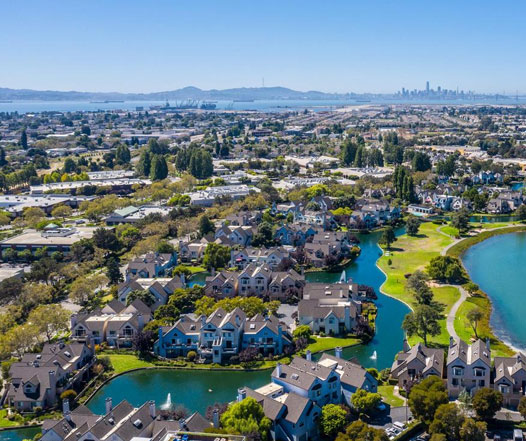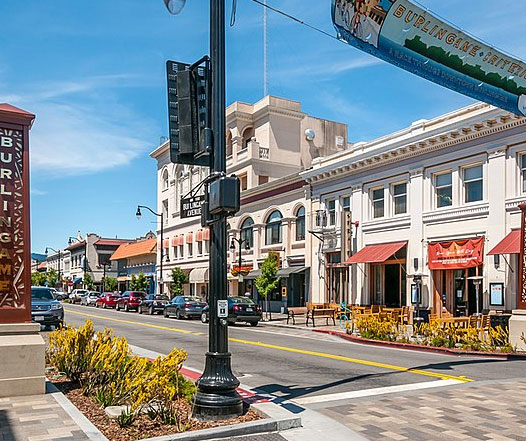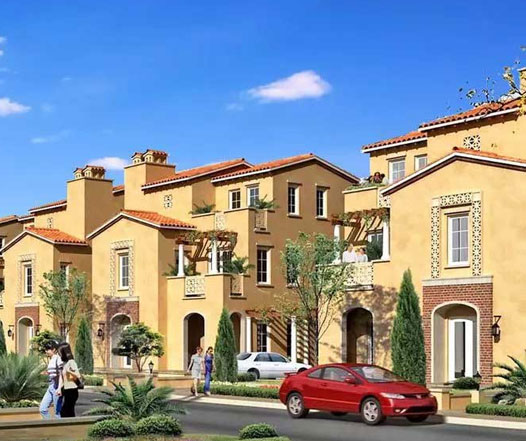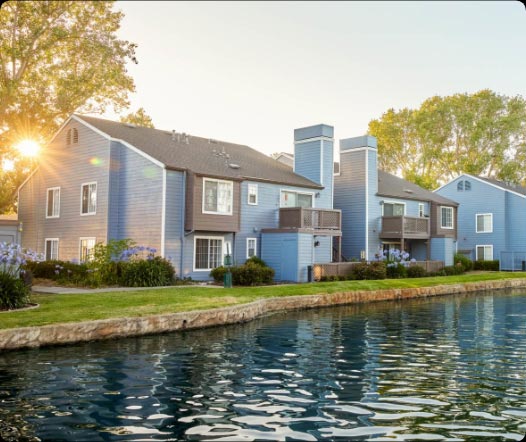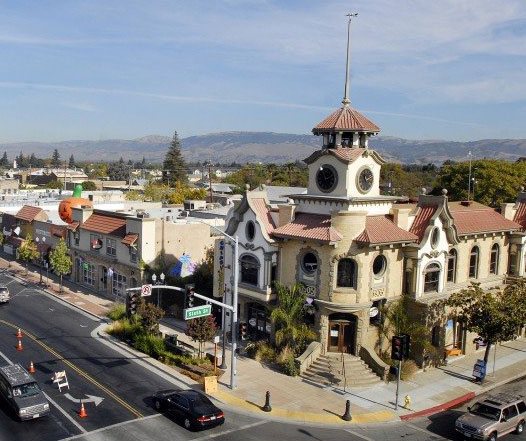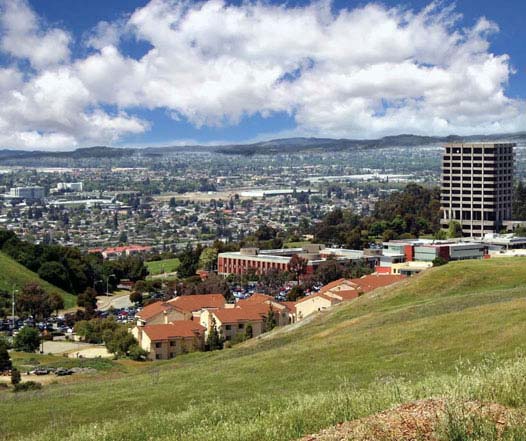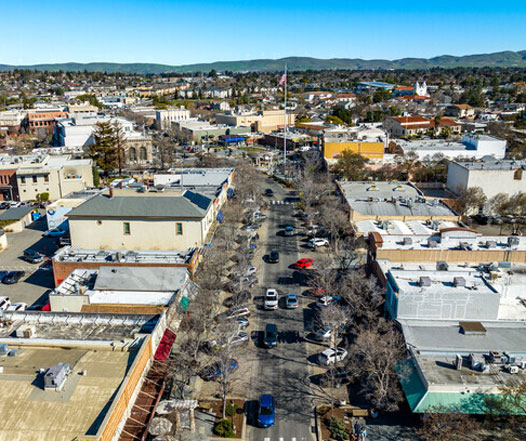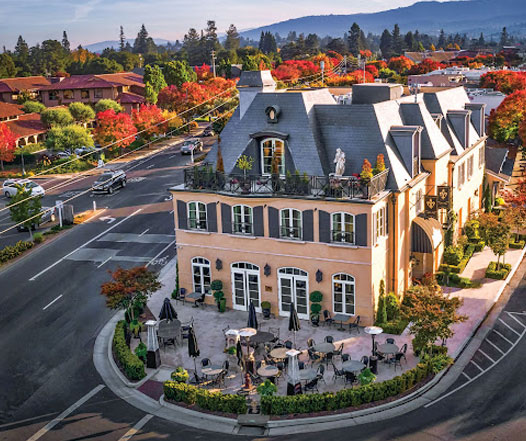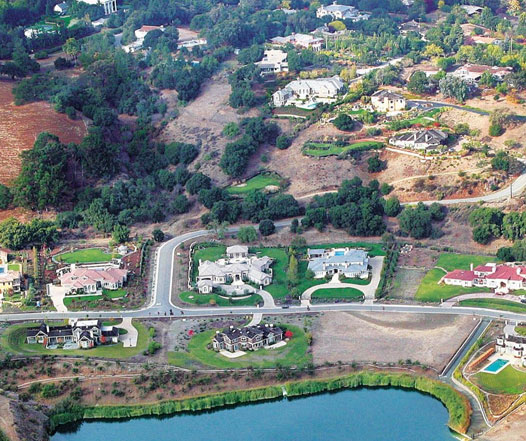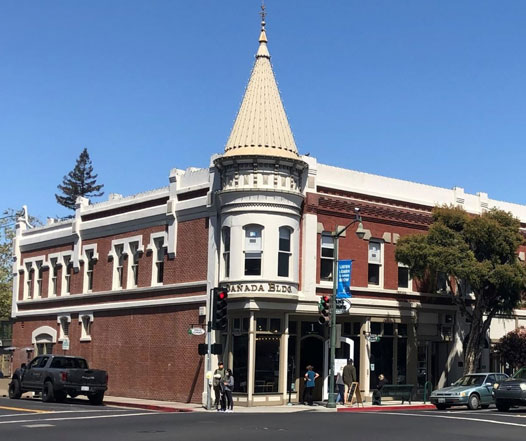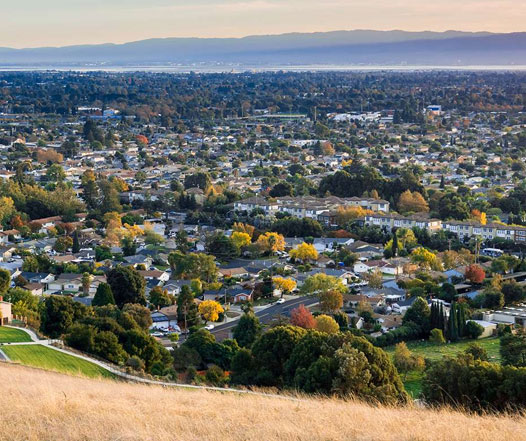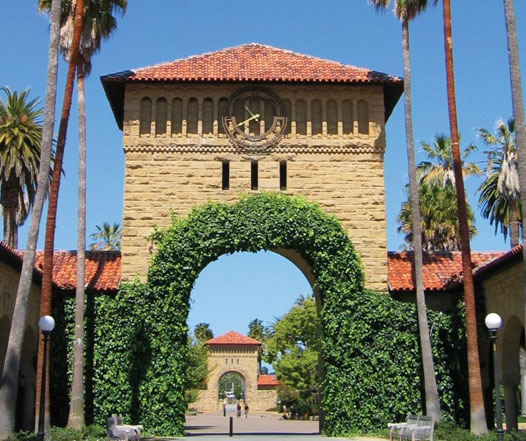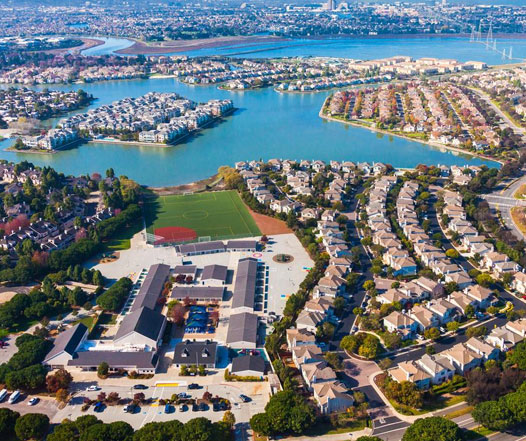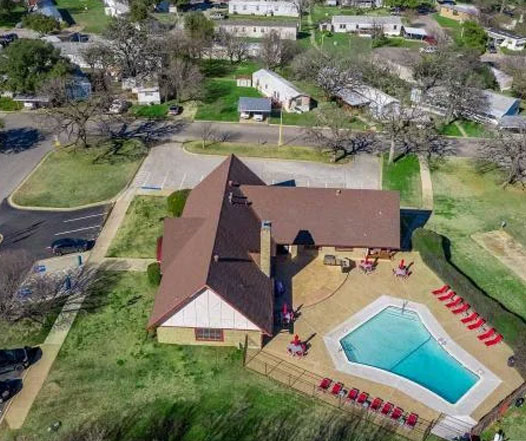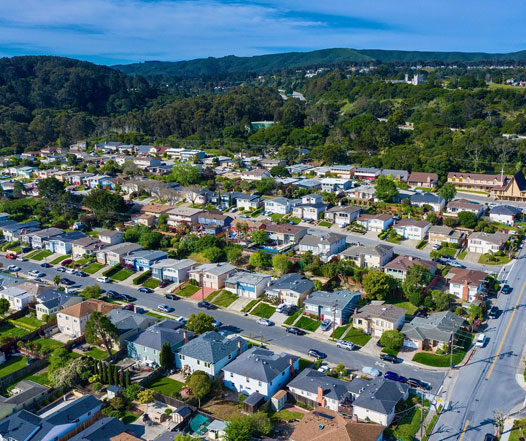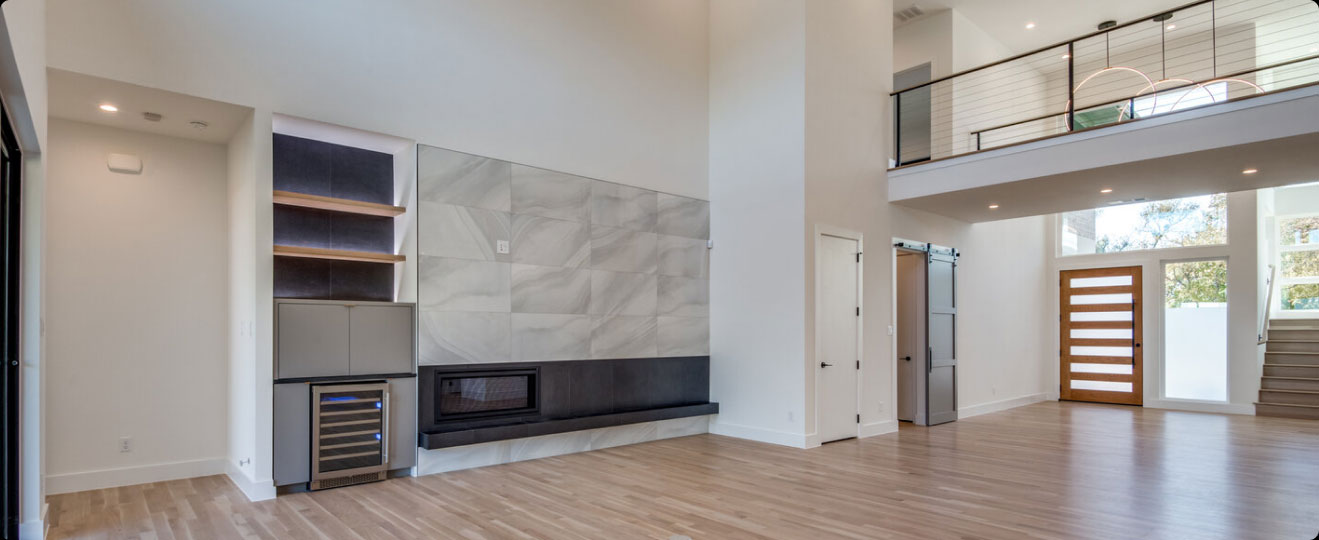
Introduction
San Mateo’s rules and regulations are designed to streamline the development of Accessory Dwelling Units (ADUs), ensuring a harmonious blend of new constructions within existing neighborhoods. These guidelines cover everything from size limitations to design standards, aiming to balance the city’s growth with its residential charm. ADU Specialist Bay Area is here to help navigate these regulations, making the process smooth and efficient.
Essential ADU Rules for San Mateo
What you can build
Maximum size
ADUs can be up to 1,000 sq ft.
Side / rear setbacks
Minimum setback is 4 feet.
Two stories
Allowed with specific design considerations.
Building separation
Minimum separation of 10 feet from the main dwelling.
Permitting timeline
Standard
Approximately 60 days for approval.
Coastal
May take up to 90 days due to additional review.
Zoning Regulations in San Mateo
San Mateo’s zoning regulations ensure that ADUs are integrated seamlessly into residential neighborhoods, maintaining the city’s aesthetic and functional standards.
ADU Size Limitations
| Lot Size | Single-Family (Maximum Floor Area Allowed) | Duplex and Multi-Family (Maximum Floor Area Allowed) |
| Under 7000 | 700 sq ft | Not permitted |
| 7000 - 9999 | 800 sq ft | 1 ADU + 400 sq ft per existing unit (up to 1000 sq ft max) |
| 10000 - 12999 | 900 sq ft | 1 ADU + 450 sq ft per existing unit (up to 1000 sq ft max) |
| 13000 - 19999 | 1000 sq ft | 1 ADU + 500 sq ft per existing unit (up to 1000 sq ft max) |
| 20000+ | 1000 sq ft | 1 ADU + 550 sq ft per existing unit (up to 1000 sq ft max) |
ADU Height Limitations
The height of an ADU should not exceed 16 feet for single-story units and 25 feet for two-story units, ensuring they fit well within the neighborhood’s skyline.
Building Coverage
The ADU must not cover more than 40% of the rear yard area, maintaining open space for other uses.
Location
| Property Type | Location Requirement |
| Single-Family Homes | Attached ADUs: Must be connected to the main house. |
| Detached ADUs: Minimum of 10 feet from the main house. | |
| Junior ADUs (JADUs): Located within the primary dwelling. | |
| Duplex and Multifamily | Attached ADUs: Must share a wall with the primary structure. |
| Detached ADUs: Minimum of 15 feet from the primary structure. |

Exterior details
ADUs must match the architectural style and materials of the main dwelling to ensure cohesive neighborhood aesthetics.
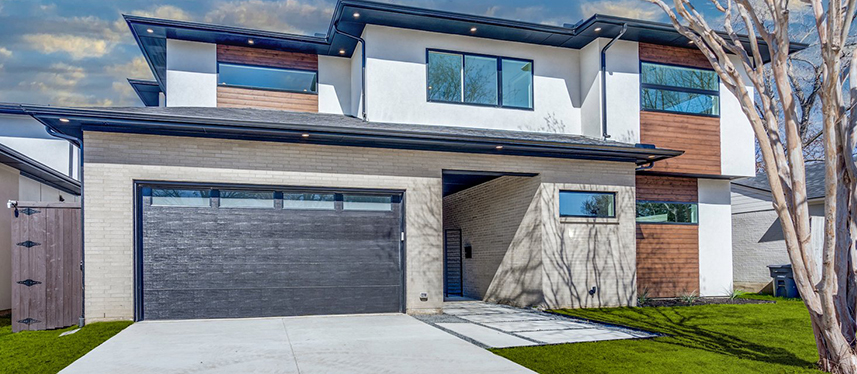
Parking
One off-street parking space is required for each ADU unless the property is within half a mile of public transit.
Setbacks and buffer zones
ADUs must maintain a minimum setback of 4 feet from the side and rear property lines to ensure privacy and space.
Minimum Lot Area
| Lot Size | Minimum Lot Area for ADU | Description |
| Under 7000 | ADUs not permitted | ADUs are not allowed on these lots. |
| 7000 - 9999 | 7000 sq ft | Lots must be at least 7000 sq ft to build an ADU. |
| 10000 - 12999 | 10000 sq ft | Lots must be at least 10000 sq ft to build an ADU. |
| 13000 - 19999 | 13000 sq ft | Lots must be at least 13000 sq ft to build an ADU. |
| 20000+ | No minimum lot area requirement | No minimum lot size is required for these lots. |
Connection for utilities
ADUs must have independent utility connections, including water, sewage, and electricity, ensuring they function as standalone units.
Fire safety
ADUs must comply with all local fire safety codes, including having fire-resistant materials and proper egress routes.
Room specifications
- Sleeping Areas: Must include at least one egress window or door.
- Kitchen: Must have a sink, cooking appliance, and refrigeration facilities.
- Bathroom: Must have a toilet, sink, and bathing facilities.
- Storage: Adequate storage space for personal belongings is required.
Short-term Rentals and Home Occupations Regulations
ADUs in San Mateo can be rented short-term, provided they comply with the city’s regulations, and they can also be used for home occupations under specific conditions.
Building Codes
ADUs must adhere to all local building codes, ensuring they are safe, habitable, and up to standard.
San Mateo ADU Permit Guidelines
| Permit Type | Description | Estimated Fee |
| Building Permit | Required for ADU construction. | $2500 - $5000 |
| Electrical Permit | Required for electrical installations. | $400 - $700 |
| Plumbing Permit | Required for plumbing installations. | $400 - $700 |
| Mechanical Permit | Required for HVAC systems. | $400 - $700 |
| Grading Permit | Required if grading is necessary. | $300 - $500 |
| Site Development Permit | Required for site-related work. | $300 - $500 |
| Zoning Permit | Ensures compliance with zoning regulations. | $200 - $400 |
Property Requirements
Properties must meet certain criteria to qualify for ADU construction, including proper zoning and compliance with setback regulations.
Parking
ADUs require one off-street parking space unless they are located near public transit.
Front setbacks
ADUs must maintain a minimum front setback of 20 feet to ensure a consistent streetscape.
Side and rear setbacks
A minimum setback of 4 feet is required from side and rear property lines to provide adequate separation from neighboring properties.
Open space and rear yards
ADUs must leave sufficient open space in the rear yard, ensuring that the property remains functional and aesthetically pleasing.
Properties That Qualify
To determine your property’s eligibility for ADU development, contact the San Mateo Planning Department.
- Verify that your property is within San Mateo’s jurisdiction.
- Check the specific residential zones that permit ADUs. Common zones in San Mateo include R-1, R-2, and R-M.
- Other General Plan designations that permit ADUs:
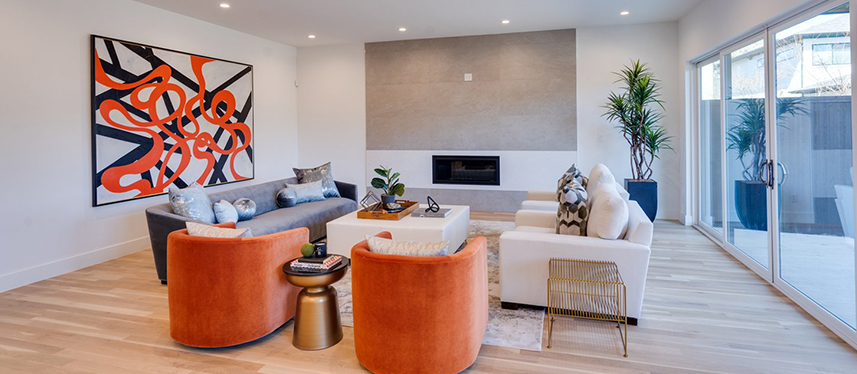
- Residential Mixed-Use (RMU): Allows for a blend of residential and commercial uses, fostering vibrant communities.
- Transit-Oriented Development (TOD): Encourages high-density development near transit hubs, promoting sustainable living.
- Specific Plan areas: These are tailored plans that guide development in specific parts of the city, including ADU allowances.
Development standards
Single-family
- Attached: Must not exceed 50% of the main dwelling’s floor area.
- Detached: Limited to 1,200 sq ft or 50% of the lot size, whichever is smaller.
Duplex properties
- Attached: Can be up to 800 sq ft per unit, enhancing living space without overwhelming the property.
- Detached: Must comply with single-family detached ADU standards.
Multifamily properties
- Attached: Up to 25% of the existing unit’s floor area, ensuring proportional development.
- Detached: Limited to two ADUs or 25% of the existing units, whichever is higher.
Junior ADUs (JADUs)
JADUs must be within the main dwelling and cannot exceed 500 sq ft, providing a smaller, yet functional living space.
Property designations
- Flood Zones: ADUs must comply with FEMA regulations to ensure safety in flood-prone areas.
- Geohazard Zones: Additional geological studies may be required to ensure safe construction.
- Historic Designation: ADUs in historic districts must adhere to preservation guidelines to maintain the area’s character.
- Easements: Construction must respect existing easements for utilities and access, avoiding encroachment.
Summary
San Mateo’s ADU regulations provide a comprehensive framework for adding versatile living spaces to your property. From size limitations to design standards, the city’s guidelines ensure that ADUs are safe, functional, and harmonious with existing neighborhoods. For expert assistance in navigating these regulations, ADU Specialist Bay Area is ready to help, ensuring your project meets all local requirements.
FAQ
Short-term rentals of ADUs must comply with San Mateo’s regulations, including obtaining necessary permits and adhering to occupancy limits and other standards.
Landscaping for ADUs should enhance the property’s aesthetic appeal while ensuring proper drainage and maintenance of open spaces.
An ADU in San Mateo requires independent connections for water, sewage, and electricity, ensuring they are fully functional and compliant with city standards.
Adding an ADU to your property in San Mateo can increase its assessed value, potentially leading to higher property taxes based on the added value of the unit.
San Mateo requires one off-street parking space for each ADU unless the property is within half a mile of public transit, where the requirement may be waived.
ADUs must adhere to all local building codes, ensuring they meet safety, habitability, and construction standards.
Design standards require that ADUs match the architectural style and materials of the main dwelling, ensuring a cohesive neighborhood aesthetic.
Zoning regulations dictate where ADUs can be built, their size, and placement on the property, ensuring they fit within San Mateo’s broader planning goals.
ADU size limitations in San Mateo vary by lot size, with a general maximum of 1,200 sq ft for single-family properties and proportional limits for multifamily properties.
Adding an ADU can affect your property insurance, potentially increasing premiums due to the added living space and associated risks.
ADUs in San Mateo must meet energy efficiency standards, including proper insulation, energy-efficient windows, and appliances, promoting sustainable living.
ADUs must comply with local noise regulations, ensuring they do not disturb neighboring properties, particularly regarding noise from construction and daily activities.
Setbacks for ADUs in San Mateo typically require a minimum of 4 feet from the side and rear property lines, ensuring adequate separation from neighboring properties and preserving privacy.
Permit costs for ADUs in San Mateo vary, including building permits ($2500 – $5000), electrical permits ($400 – $700), plumbing permits ($400 – $700), and others, totaling a few thousand dollars.
Occupancy standards ensure that ADUs are not overcrowded, maintaining health and safety standards by limiting the number of occupants based on the unit’s size.
Fire safety for ADUs includes the use of fire-resistant materials, proper egress routes, and adherence to local fire codes, ensuring the safety of occupants.
In historic districts, ADUs must adhere to preservation guidelines, ensuring that new constructions do not detract from the area’s historical character.
Privacy considerations include maintaining sufficient setbacks, using screening and landscaping, and designing the ADU to minimize impacts on neighboring properties.
ADUs must have appropriate waste management solutions, including access to trash and recycling services, ensuring they do not negatively impact the property’s sanitation.
ADUs must have distinct addresses for mail delivery and emergency services, ensuring they are recognized as separate units within the property.
